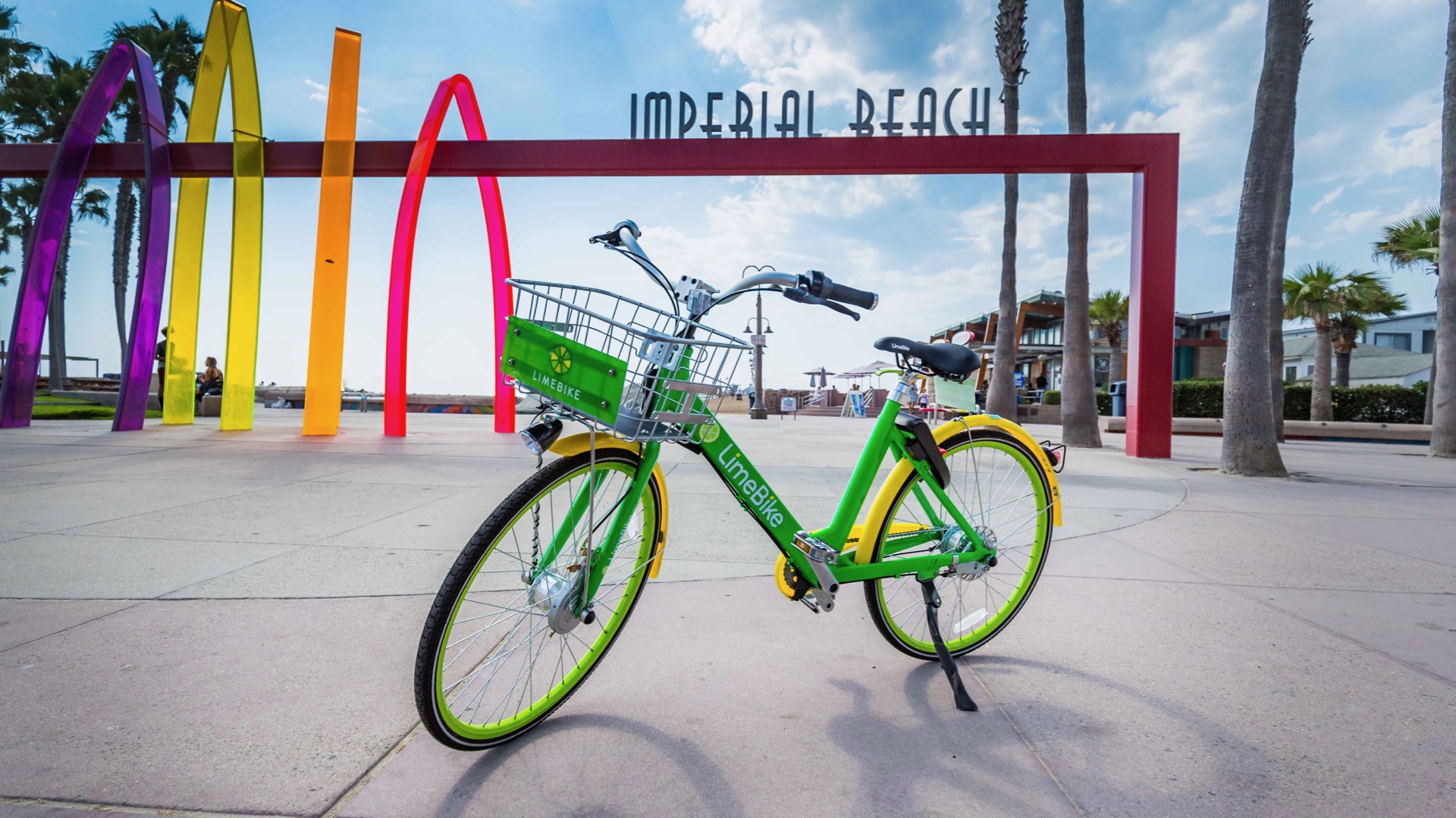

Lime opened for business just 18 months ago, but customers have already taken 6 million rides on its electric scooters and bikes, according to the company’s first annual report. Electric scooter and bike-sharing services are surging in popularity, and Lime is taking full advantage of that.
A major contributor to Lime’s success is that its services are dockless. That means users and pick up and drop off bikes and electric scooters anywhere within Lime’s area of operations. Other sharing services, like New York City’s CitiBike, require people to use designated stations. The dockless model is more convenient for users, but it’s proving to be a headache for cities, which are suddenly faced with streets full of randomly discarded bikes and scooters.
Lime recently scored a $335 million investment from Uber, which will also offer rentals of Lime’s electric scooters through its ride-hailing app. That’s part of $467 million Lime has raised since its inception. The startup’s latest funding round was led by Google parent Alphabet’s GV venture-capital arm, and valued Lime at $1.1 billion.
Both Uber and rival Lyft believe bikes and electric scooters are the next logical step beyond ride-hailing. Last year, Uber bought bike startup Jump and launched a small bike-sharing service in San Francisco. But Uber was recently outdone by Lyft’s purchase of Motivate, which is billed as the largest bike-sharing company in the United States. Motivate operates CitiBike, Ford’s San Francisco-based GoBike operation, as well as bike-sharing services in dozens of other U.S. cities.
Uber and Lyft believe ride-hailing cars, bikes, electric scooters, and even public transit can be melded into one seamless transportation system using their apps. But it remains to be seen whether consumers can be convinced to hop out of cars, and onto bikes, electric scooters, subway trains, or buses.